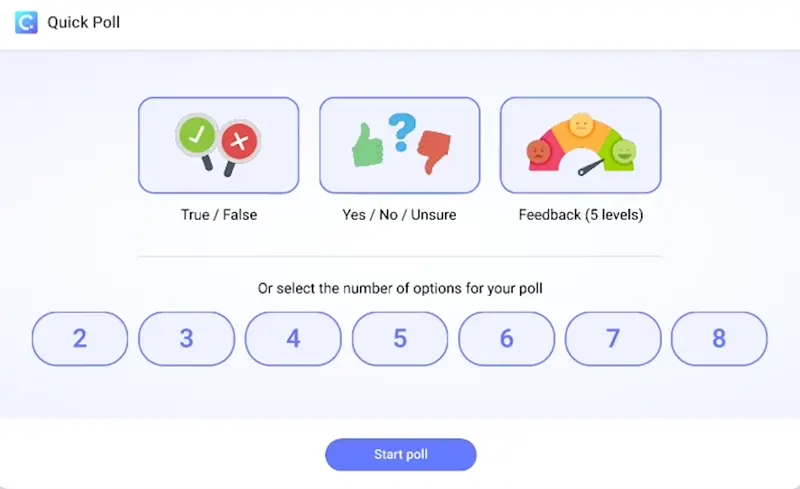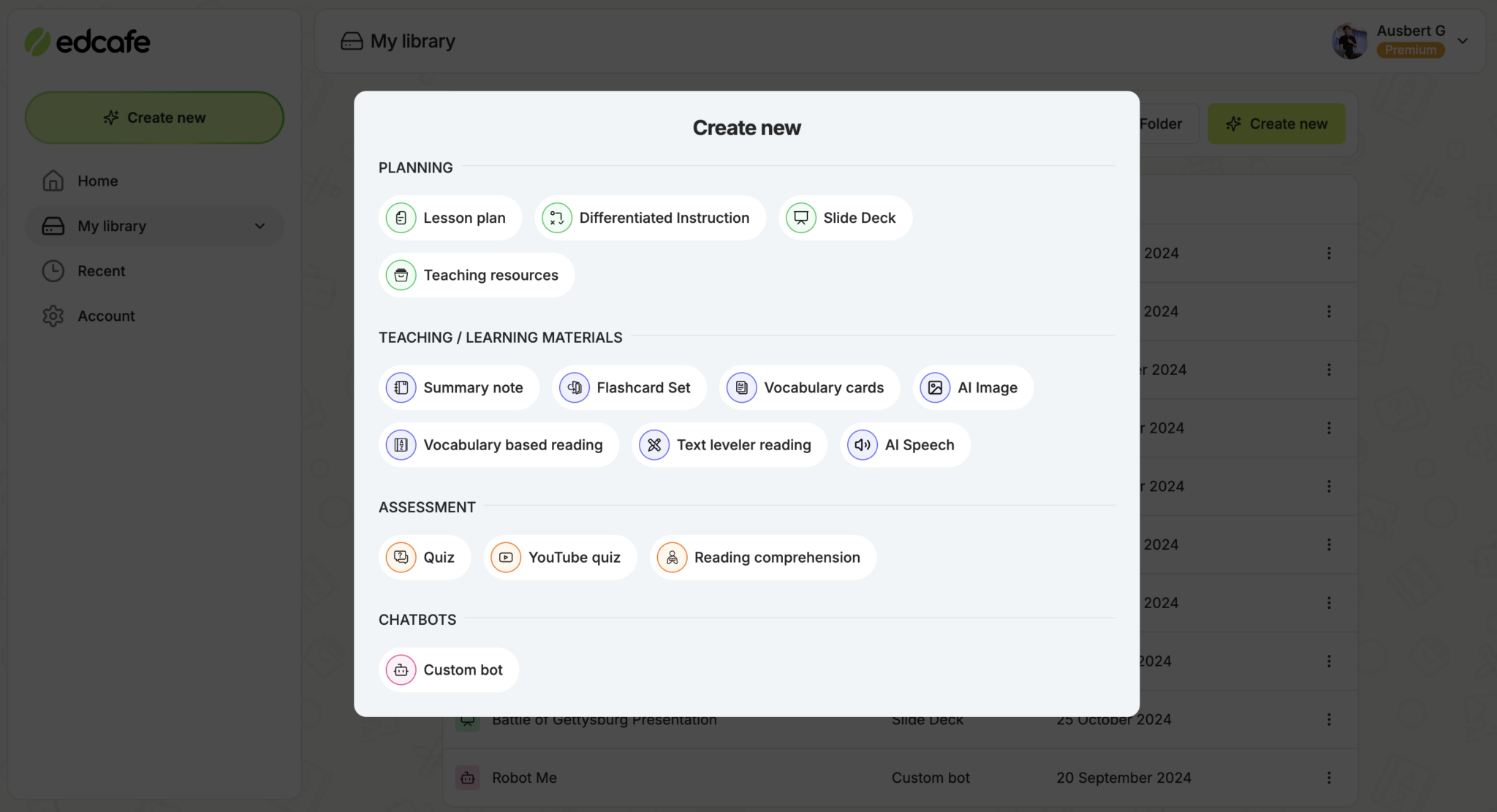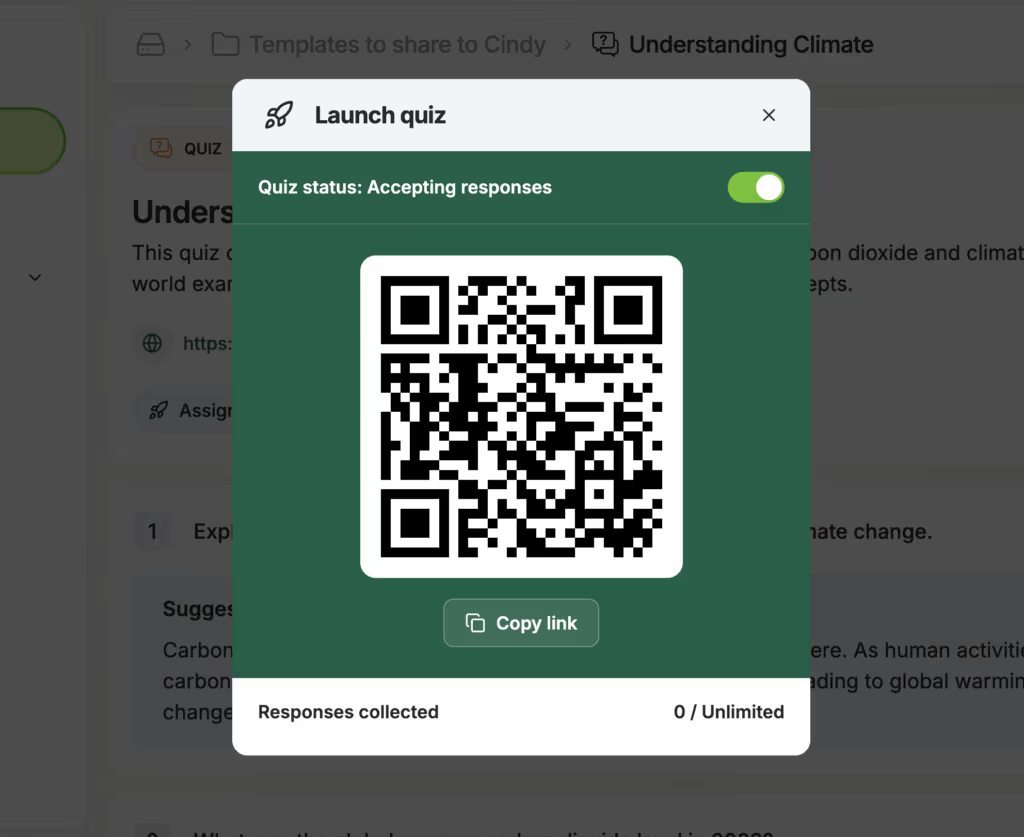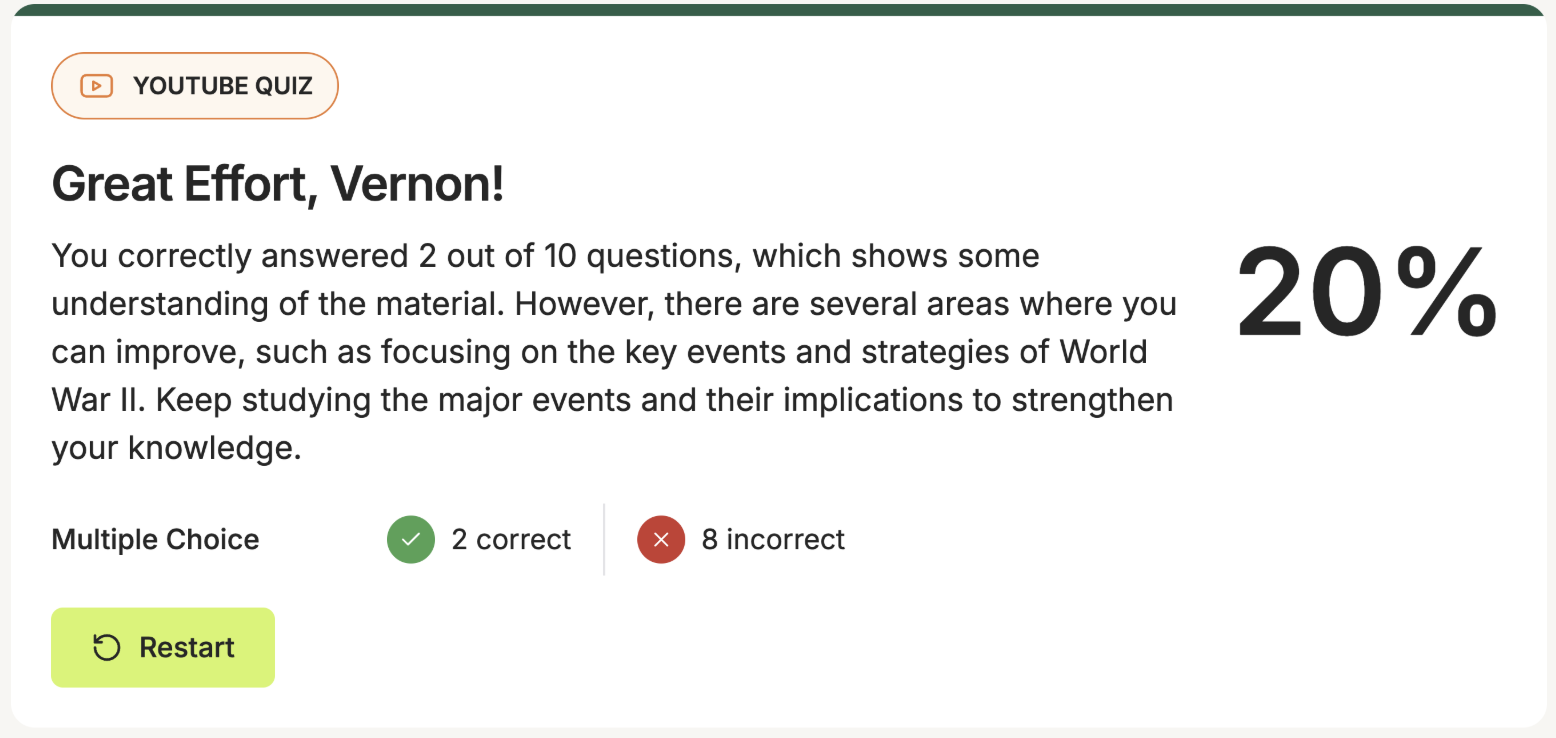7 Proven Ways to Foster an Inclusive Classroom Environment
Introduction
An inclusive classroom is one where every student feels like they belong, regardless of their abilities, background, or learning style. It’s not just about creating a space where everyone is welcome but about actively shaping an environment that values differences and encourages growth.
Building an inclusive classroom is essential because it equips students with the skills to thrive in a diverse world that students can carry with them for a lifetime. Here are key reasons why inclusive classrooms are transformative for both students and teachers:
- It creates a level playing field. Every child deserves an equal shot at success, and inclusivity ensures no one is left behind because of their unique needs.
- It fosters social and emotional development. Students learn to communicate, empathize, and collaborate effectively with peers who may have different experiences or perspectives.
- It prepares students for real-world diversity. Inclusive classrooms reflect the diversity of society, helping students develop cultural competence and adaptability for future interactions, even outside educational institutions.
- It fuels better learning outcomes. Students perform better when they feel seen and supported, and inclusive practices cater to different learning styles effectively.
- It challenges teachers to innovate. Inclusivity pushes educators to rethink traditional approaches and come up with creative ways to make learning accessible and engaging for everyone.
Turning Traditional Practices into Inclusive Approaches
Inclusion often means looking at common classroom scenarios and reimagining them to support every student’s needs. Below are examples of traditional practices compared to more inclusive approaches:
| Traditional Practice | Inclusive Approach |
|---|---|
| A teacher gives the same lecture to the entire class, expecting all students to keep pace. | The teacher uses differentiated instruction by breaking the lecture into smaller segments, using visual aids, and pausing for interactive activities like think-pair-share. Students who need more time are given additional resources or one-on-one sessions. |
| Students are seated in rows, with fixed seating plans decided by the teacher. | Students choose from flexible seating options like beanbags, standing desks, or group tables. This allows them to work in ways that suit their learning preferences and comfort. |
| A math test requires all students to solve problems in the same written format. | Students are offered multiple assessment methods: solving on paper, explaining answers verbally, or creating a digital presentation to demonstrate understanding. |
| Class discussions are dominated by a few vocal students, while quieter students remain disengaged. | The teacher uses a round-robin technique or ClassPoint polls to ensure every student shares an idea. Digital tools let shy students participate anonymously if preferred. |
| Rewards are given to students who achieve the highest scores. | Rewards are distributed based on effort, improvement, or collaboration. Gamification features like ClassPoint’s stars and badges recognize diverse contributions. |
| Only traditional textbooks and handouts are used. | The teacher integrates multimedia resources like videos, interactive whiteboards, and hands-on tools to cater to various learning styles. |
| Group projects assign roles without input from students. | Students choose roles based on their strengths and interests, fostering a sense of ownership and confidence in their contributions. |
| Behavior management focuses on punishment for disruptive actions. | Behavior is addressed with restorative practices, focusing on understanding and resolving underlying causes collaboratively. |
7 Actionable Steps for Building an Inclusive Classroom
1. Design learning activities that allow for multiple ways to participate.
In an inclusive classroom, it’s important to recognize that students have diverse ways of learning. Some excel in verbal expression, while others thrive in hands-on, interactive activities. When you design learning activities that offer various modes of participation, you give all students a chance to succeed, regardless of their learning style. This approach allows students to choose methods that align with their strengths, boosting both engagement and confidence.
By integrating a variety of activities, you can cater to different learning preferences, helping each student feel valued and supported. Here are some examples of activities designed to address these needs:
- For learners who are verbal or linguistic: Written reports, essays, and reflective journals.
- For learners who are interpersonal: Group presentations and peer teaching sessions.
- For learners who are visual: Infographics, diagrams, and poster projects.
- For learners who are kinesthetic: Role-playing, skits, and physical activities.
- For learners who are logical or analytical: Interactive quizzes, problem-solving tasks, and case studies.
- For learners who are auditory: Podcasts, debates, and video discussions.
- For learners who are creative: Multimedia projects such as videos, blogs, and digital storytelling.
By offering a range of activities, you ensure that all learners have the opportunity to shine in a way that suits their unique strengths.
How ClassPoint Enhances Inclusive Learning
ClassPoint seamlessly supports these diverse learning strategies with a range of interactive activity features. From 8 different activity types alone, ClassPoint provides multiple ways to engage with teaching content. You can easily track student progress with built-in analytics, some even powered by AI, giving you immediate a head start on how to adapt your teaching to meet individual needs.

2. Co-create classroom rules and values with your students.
When students are involved in creating the rules and values for the classroom, they feel a sense of ownership and responsibility for the environment. Co-creating classroom rules not only empowers students but also helps ensure that the rules reflect the diverse needs and values of everyone in the classroom. The process can be an engaging activity that fosters a strong classroom community.
Here are some ways to involve students in creating classroom rules and values:
- Have open discussions about expectations: Allow students to share what they think is important for a respectful and safe learning environment.
- Establish a “classroom charter”: Create a document that lists the agreed-upon rules and values, making it a visual reminder for everyone to refer to.
- Make the rules relatable: Ask students to provide examples or scenarios of how the rules should be applied, ensuring clarity and understanding.
How ClassPoint Supports Co-Creation
ClassPoint can enhance this process with the use live polls to involve students in the process, allowing them to vote on and refine ideas in real time. With ClassPoint’s gamification features, you can even reward students for their active participation, encouraging further engagement and a sense of shared ownership in the classroom culture.

3. Create a culture of ‘failure’ as a learning opportunity.
In an inclusive classroom, it’s crucial to reframe the concept of failure. Instead of seeing failure as something negative, it should be viewed as a valuable part of the learning process. When mistakes are normalized, students feel less pressure to be perfect and more freedom to explore, take risks, and grow.
Teachers can foster this culture of ‘failure’ in many ways, such as by sharing stories of famous failures, encouraging students to reflect on personal setbacks, or revisiting assignments with a focus on how to improve. Below is a guide on how to effectively respond when students face setbacks:
| Student Situation | How to Respond | Why It Works |
|---|---|---|
| A student feels discouraged after a failed assignment. | “It’s okay to feel disappointed. What did we learn from this, and how can we improve next time?” | Reframing failure as a learning experience helps students process setbacks and focus on improvement. |
| A student says they can’t do it. | “What part of this do you find tricky? Let’s break it down together and tackle it one step at a time.” | Encourages problem-solving and shows the student they’re not alone in facing challenges. |
| A student is upset after a poor test result. | “Mistakes help us grow. Let’s review the questions you missed and see what you can learn from them.” | This approach turns the test into a tool for growth rather than a measure of failure. |
| A student expresses frustration with their progress. | “Growth takes time. How can we adjust your approach to make this feel more manageable?” | Highlights the process of learning and normalizes struggles as part of personal development. |
| A student refuses to try again after failing. | “It’s okay to take a break. Let’s revisit this later with a fresh perspective. You’re capable of this.” | Offering a break while reinforcing belief in the student’s ability helps prevent burnout and restores confidence. |
| A student is afraid of making mistakes in front of others. | “Everyone makes mistakes, and we learn from them together. Let’s practice in a way that feels safe for you.” | This reassures students that they are supported and that failure is a shared, not isolating, experience. |
4. Use culturally responsive teaching materials and examples.
One powerful way to promote inclusion is by incorporating culturally responsive teaching materials. These materials ensure that every student can see themselves reflected in the curriculum. By diversifying the stories, perspectives, and voices students are exposed to, you not only validate their experiences but also provide them with a more comprehensive understanding of the world.
Culturally responsive teaching materials go beyond simply including different authors or historical figures. They involve examining how the content aligns with the lived experiences of your students and ensures that it’s not just present but integrated meaningfully.
When students see diverse cultures, histories, and viewpoints represented in their learning, they’re more likely to engage with the material and feel a sense of belonging.
5. Actively teach empathy and social-emotional skills.
Empathy is essential in an inclusive classroom, as it helps students understand each other’s feelings and experiences. When students practice empathy, they learn to respect differences and build stronger, more supportive relationships with their peers. By focusing on social-emotional skills like self-awareness, communication, and emotional regulation, you’re equipping them with the tools to navigate social situations and resolve conflicts peacefully.
To teach empathy effectively, try incorporating these activities into your lessons:
6. Leverage technology to support diverse learning needs.
Technology offers endless possibilities for creating an inclusive classroom that meets the diverse needs of all students. With the right tools, you can provide personalized learning experiences that cater to different learning styles and abilities. Good thing, we have a number of listicles to help you make an informed choice:
One powerful tool for supporting diverse learning needs is Edcafe AI. Conveniently accessible via any browser, Edcafe AI lets you create teaching content ranging from instructional planning, material generation, assessments, and even chatbots. All tools are designed to create tailor-fit, student-centered content, even standards-aligned.

What’s best is that Edcafe AI is doing more than just generative AI—it’s interactive AI. Designed for educators, it also keeps students in mind, allowing them to interact with AI-powered teaching materials right from their devices, even asynchronously.

To support students even more, Edcafe AI provides instant feedback, so even manual feedback tasks are taken off teachers’ plates, giving students timely responses to keep them on track.

7. Celebrate progress and effort rather than only achievement.
Focusing on effort and progress encourages a growth mindset in students, helping them see learning as a continuous journey rather than just a final destination. By acknowledging incremental improvements and persistence, you create a classroom culture where students feel valued for their hard work, not just their grades or outcomes.
Celebrating progress can be done through simple gestures like verbal praise, personalized feedback, or showcasing students’ work-in-progress. Recognizing small milestones can also be supported through gamified systems or progress charts that visually track each student’s growth. By shifting the focus from just the final result to the process, you help foster a more inclusive environment where every student’s journey is recognized.
Reflection: Is Inclusivity Always the Answer?
As teachers consider the strategies for building an inclusive classroom, it’s natural to wonder if they might be pushing boundaries too far. Are they giving students too much autonomy? Could too much flexibility in lesson planning lead to a lack of structure or discipline? And are they, perhaps, leaning too heavily on progressive approaches at the cost of traditional methods that have worked for generations?
While the goal of creating an inclusive classroom is to ensure every student feels valued and supported, it’s important to strike a balance. Giving students choice and voice is empowering, but it’s essential to maintain a framework that ensures learning objectives are still met. The key is finding that sweet spot where inclusivity and structure coexist.
It’s also worth considering whether certain inclusivity strategies might work better in some classrooms than others. What works for one group of students may not be as effective in another. Educators must stay open to adjusting their approaches and continuously reflect on how well their strategies are truly meeting the needs of all students.
Comments
Post a Comment